Ancient Earth-like Lake On Mars Actually Happened?
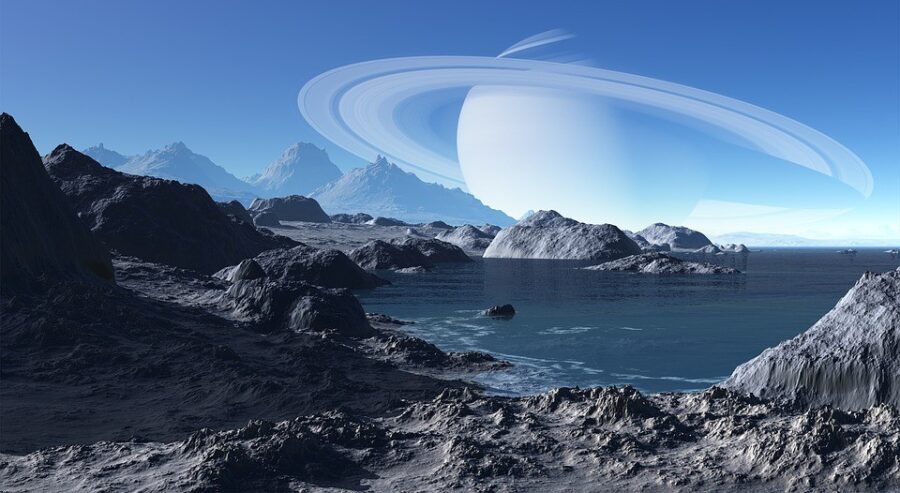
Could Martian fish have once swum through lakes on the Red Planet? The possibility is a little easier to imagine due to a recent discovery by the team employing NASA’s Curiosity rover, suggesting thrilling possibilities about the Red Planet’s ancient environment, the revelation implies conditions on Mars once might have mirrored those on Earth.
Specifically, the discovery centers around unusual concentrations of manganese identified in the lakebed rocks within Gale Crater. The excess manganese on Mars points to the existence of an ancient lake, one potentially paired with a river delta or shoreline.
Martian Chemistry

Patrick Gasda of the Los Alamos National Laboratory’s Space Science and Applications group led the research published in the esteemed Journal of Geophysical Research: Planets. Gasda and his researchers used an instrument aboard the Curiosity rover, the ChemCam, which utilizes a laser to literally zap rocks, creating a plasma.
Light is then collected from the plasma to analyze the rocks’ elemental composition. Los Alamos and the French space agency CNES teamed up to forge ChemCam.
Mystery Of Manganese
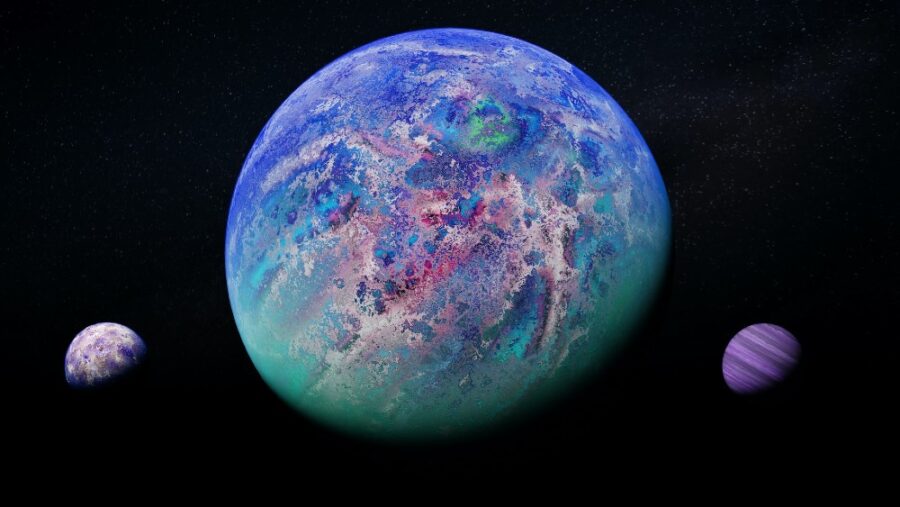
Manganese (or Manganese oxide, the form technically involved) at the site of the ancient Mars lake intrigues scientists because the mineral requires high oxygen levels to form. Of course, oxygen is readily and understandably associated with our planet’s oxygen-rich atmosphere, itself a byproduct of photosynthetic life.
Gasda clarified that deposits of manganese oxide are a regular occurrence on our own pale blue dot. But Mars is an entirely different matter. The existence of the uncommon (at least off-world) mineral, and at a time in Martian history when the atmosphere is notoriously thin and oxygen correspondingly scarce, offers an intriguing scientific puzzle.
Geological Clues

Moreover, the sedimentary rocks (blending sand, silt, and mud) surveyed by NASA’s Curiosity displayed strikingly noteworthy composition. Oddly porous, the rocks facilitate groundwater passing more quickly than denser muds.
The presence of porous, water-friendly rocks on Mars overtly suggests percolating groundwater, perhaps once beside a lake shore or river delta, explains the outsized portion of manganese.
Oxidation Processes
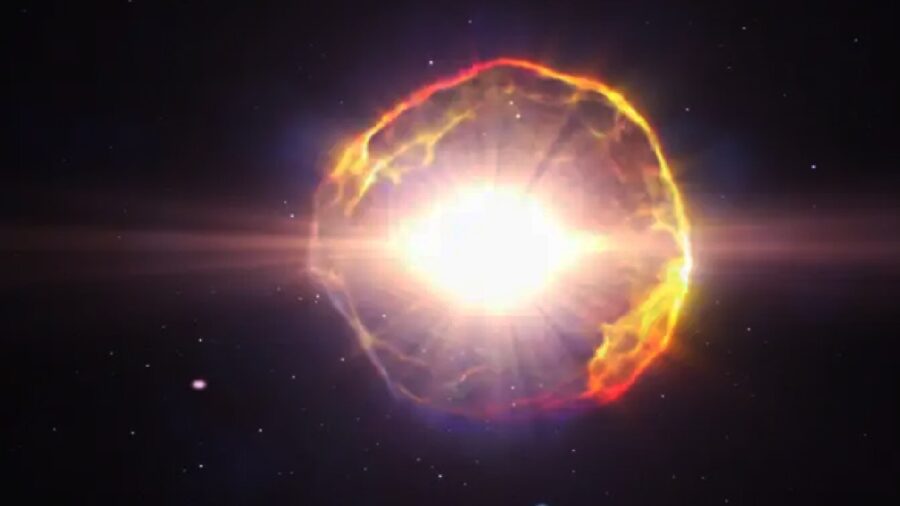
However, scientists are unaware of the exact oxidant that precipitated the manganese in the Martian rocks. Whatever the mystery oxidant, it nonetheless hints at enigmatic, and exciting, aquatic processes on ancient Mars.
Manganese, at least on Earth, often involves microbial life that harnesses its variety of oxidation states for energy. This makes the mineral particularly significant when it comes to fostering the early and usually tiny stages of life in any given environment.
Obviously, the incredible parallel, manganese on Earth correlating to manganese on Mars, tempts scientists to theorize similar processes could have unfolded on the Red Planet, leading to a veritable Martian lake.
Manganese And Life
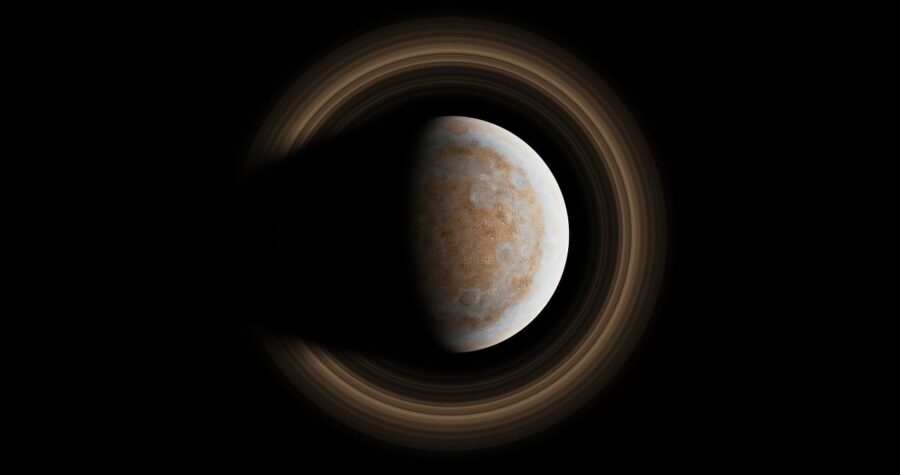
Indeed, if life ever thrived there, manganese oxide would have been the perfect catalyst for it. The lead investigator for the ChemCam instrument, Nina Lanza, emphasizes just how similar this Martian environment, the lakebed in the crater, is to Earth.
To her, the Gale Lake, as it’s called, offers a front-row seat to appreciate an ancient, once-livable environment that would probably remind us of watery locales on Earth.
Martian Habitability
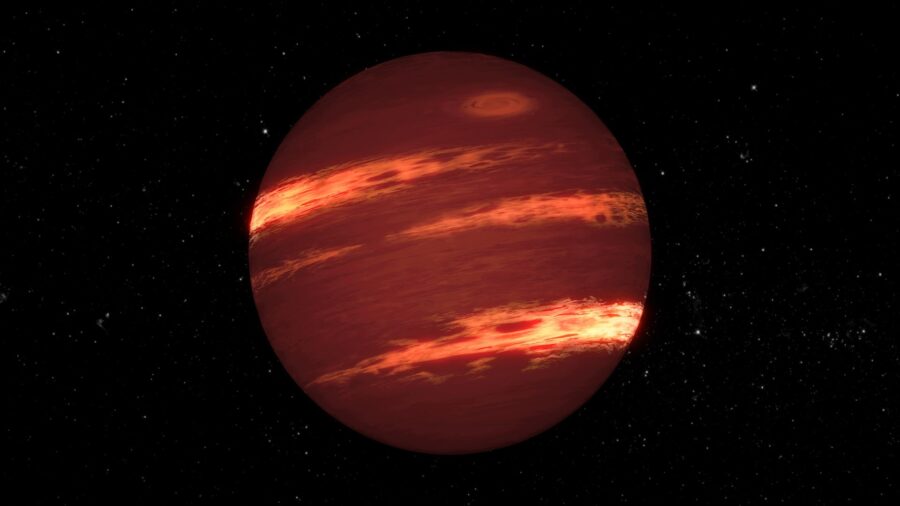
In any case, the discovery offers rare insights into the potential for life-sustaining conditions beyond our own planet, in this case, along the surface of ancient Mars, in the form of a lake. Such a find lights the way for new research into how oxidation processes could have occurred on the Red Planet, despite the notoriously harsh Martian conditions.
Source: Los Alamos National Laboratory












